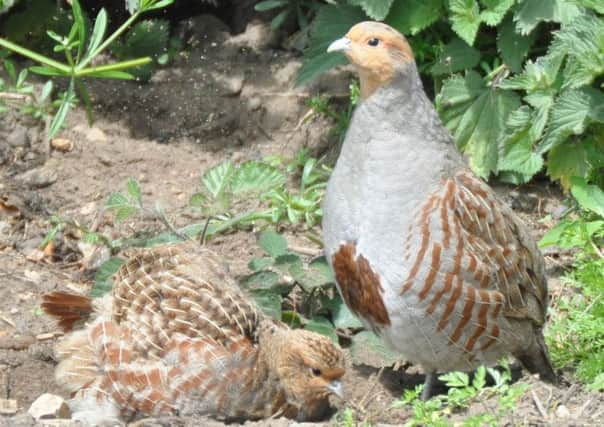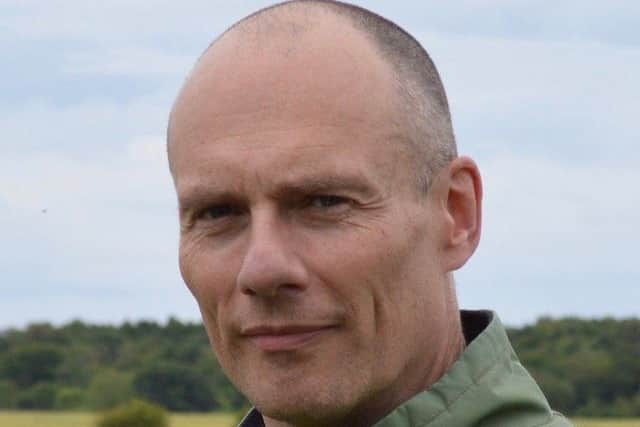Dr Dave Parish: Now we will learn if Grey Partridges have reaped the benefits of our work


The PARTRIDGE project involves ten partners from Scotland, England, Belgium, Germany and The Netherlands, all working together to improve the habitats on ten demonstration sites, to show what can be done to help the Grey Partridge and thereby farmland biodiversity in general.
Most of the habitat improvements being introduced on all sites are focused on a new type of cover crop developed in Germany but adapted locally. This comprises a large mix of perennial, biennial and annual plants sown in large blocks or wide strips. Half of the crop is cut each year in an alternating fashion so that there is always some taller, thicker cover in which birds can nest and hide, alongside shorter, more open cover that is better for chicks to hunt for insects.
Advertisement
Hide AdAdvertisement
Hide AdThe large size of these habitats is crucial because research shows us that nesting success of the Grey Partridge is higher in strips wider than ten metres rather than in narrower strips because predators find it harder to locate nests.


Most of the demonstration sites have already started adding these crops and we are all preparing to start counting the Grey Partridge to see if they have helped. This will be done once harvest is under way by slowly driving around stubble fields at dawn and dusk when the birds are usually most active, searching for the family groups, or coveys.
By working out how many adult males and females there are, plus chicks, we can get an insight into their overall breeding success and adult survival rates when we combine the data with those from spring when pairs were surveyed.
Here in Scotland, GWCT has been working with Balgonie Estate in Fife and Whitburgh Farms in Midlothian, where new cropping has been sown this year and is looking good.
Unfortunately, we have also had some very heavy rain coinciding with periods when we would expect young chicks to be on the ground, which is never good because the chicks are vulnerable to chilling.